Why NFTs should be free
All the cool kids are making free-to-own games now.
So in this blog, I dive deeper into the economics of free-to-own. You can read my first brief post about free-to-own here.
In this second post, I show how free-to-own is a natural extension of free-to-play. To do that, I first describe the economics of different gaming monetization models, from packaged goods to premium subscriptions and free-to-play. Then, I discuss how the new free-to-own model in Web3 supercharges the economics of free-to-play games. The principles discussed here can also be applied to NFT projects outside of gaming.

Table of Contents
A Brief History of Gaming Monetization
Before we get into the economics of free-to-own, we first need to understand how we got to free-to-play.
The evolution of gaming monetization can be traced through three main models: packaged goods, subscriptions, and free-to-play.

Packaged goods, epitomized by game cartridges and CDs, dominated the early years of the gaming industry, with players paying upfront for a complete game experience. This model created high barriers to entry for developers and consumers alike, as it required substantial investment in production, distribution, and hardware.
Subscription models, such as Xbox Live, emerged as a response to the rising cost and complexity of game development, offering players access to a library of games and online services for a recurring fee. This approach reduced the upfront cost for players, while providing a steady revenue stream for developers, but faced challenges in retaining subscribers and differentiating from competitors.
Free-to-play, which originated in Asia with games like Nexon’s Kart Rider and ZT Online 2, disrupted the industry by offering games that were free to start but monetized through in-game purchases and ads. This model vastly expanded the potential audience and revenue for games, but also raised concerns about fairness, addiction, and privacy.
Free-to-own was created by Gabriel Leydon, co-founder and CEO of MZ (former) and now Limitbreak. In free-to-own, players and collectors can mint for free all of the NFTs released by a game. As we will see here, it is a natural extension of free-to-play and incorporates powerful properties of digital ownership that comes with Web3.
Each model has its own economic drivers and trade-offs. As the gaming industry continues to grow and evolve, it will be fascinating to see how these models converge, diverge, and evolve further.
The Economics of the Packaged Goods Model
The Packaged Goods model, which sets a fixed price for a game, has been a staple of the gaming industry since the days of game cartridges. The model has its benefits: those who play a game for thousands of hours feel they’ve received their money’s worth, and the game makers can make a substantial profit from those purchases.
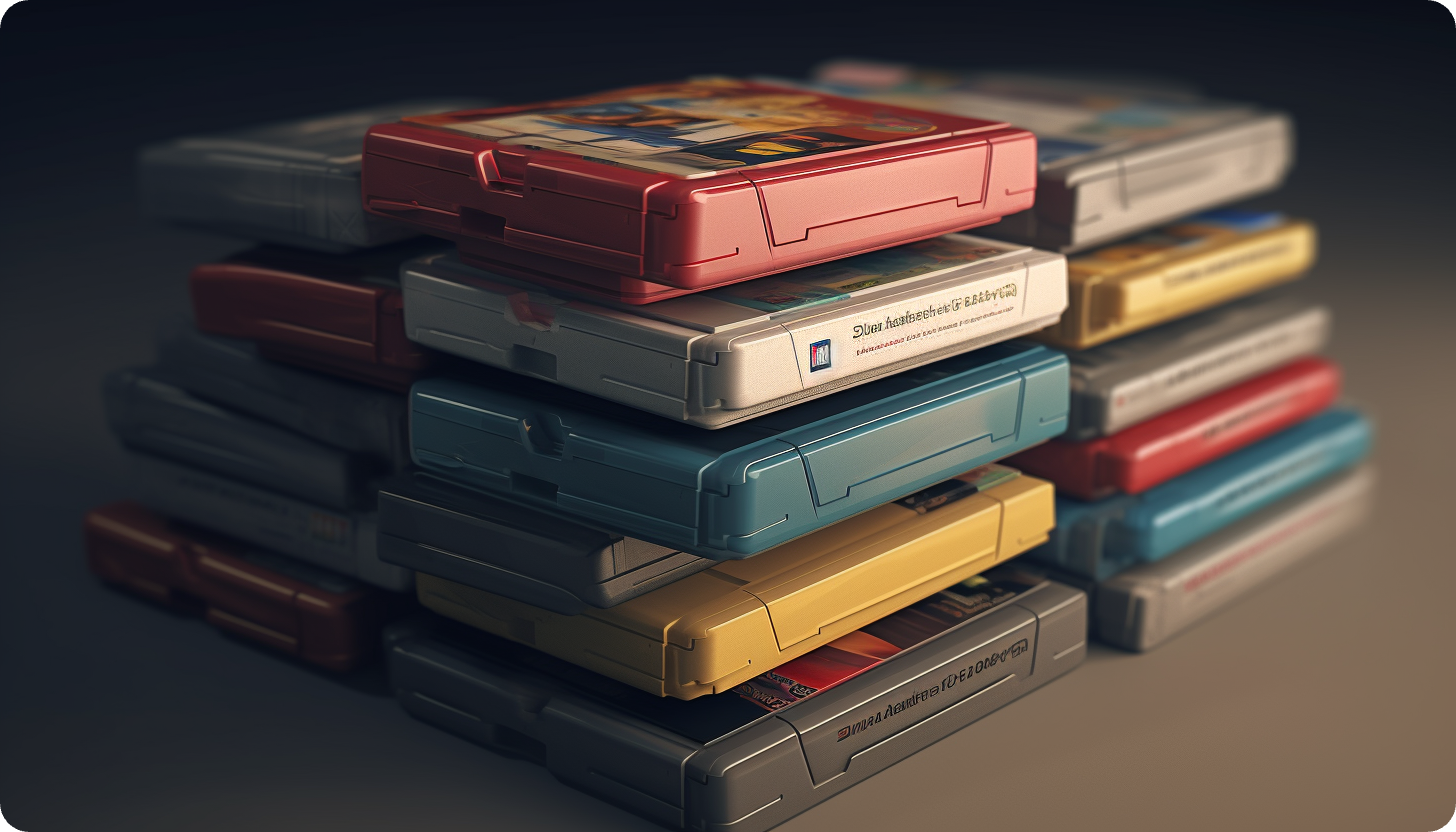
However, this model also prices out many potential consumers who are not willing to pay the high fixed price just to try out a game or play for a few hours. This can result in a missed opportunity to capture revenue from those who might have otherwise become devoted fans.
You often hear gamers saying something like, “I got thousands of hours of gameplay for $50.” That feeling of “getting your money’s worth” is called consumer surplus in economics, and when gamers say something like that, they are explicitly calling out their consumer surplus as a reason for why the game is worth buying.
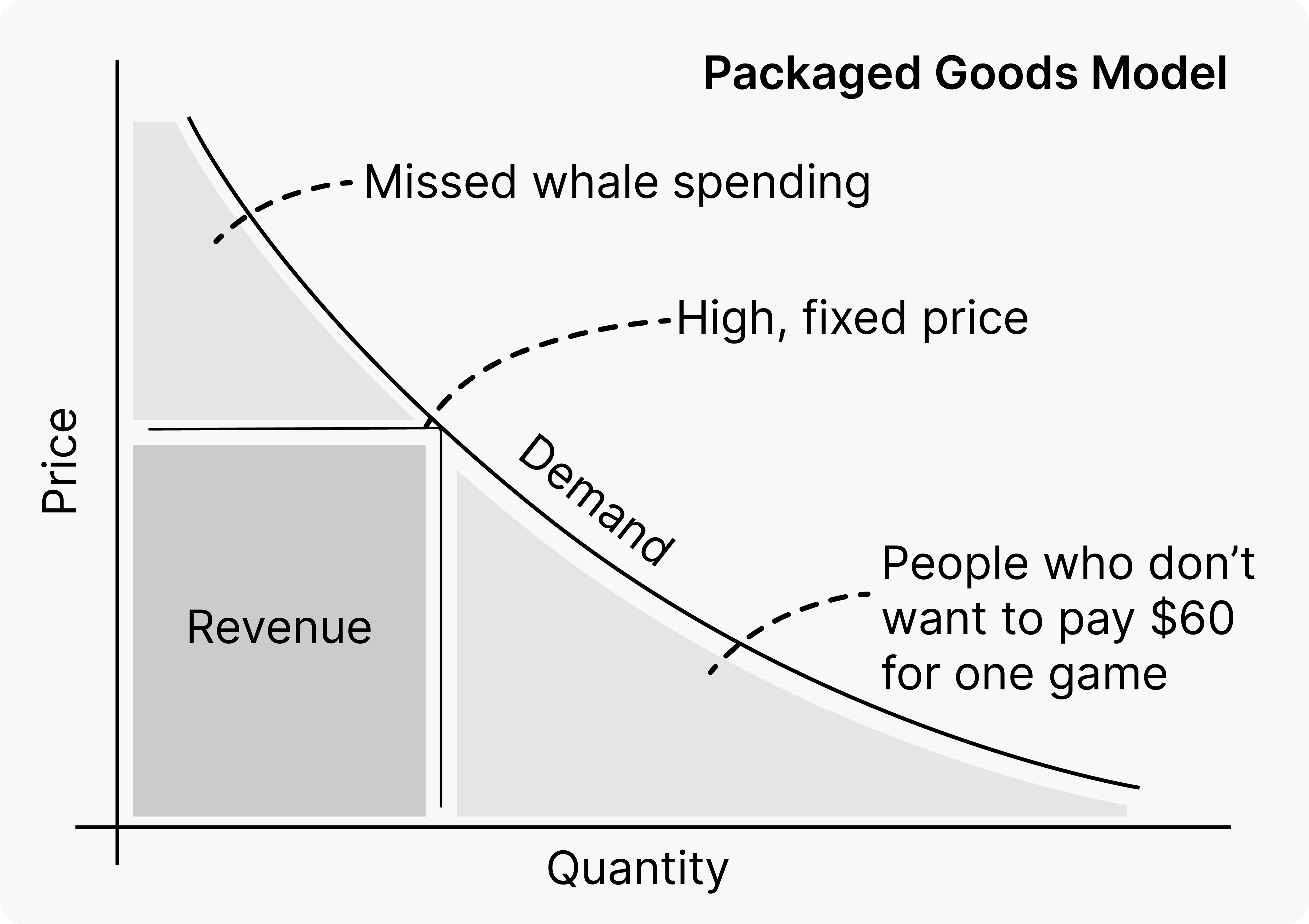
But from the perspective of the game, this model does not capture the high demand from those super fans of the game who are willing to pay more and play for thousands of hours. This leaves the potential for game makers to miss out on capturing revenue from their most devoted fans.
The Economics of the Subscription Model
The premium subscription model is another approach to gaming monetization that has gained popularity in recent years. Rather than paying a high, fixed price for individual games, users pay a lower, fixed price per amount of time, usually on a monthly basis. This approach has several advantages over the packaged goods model.
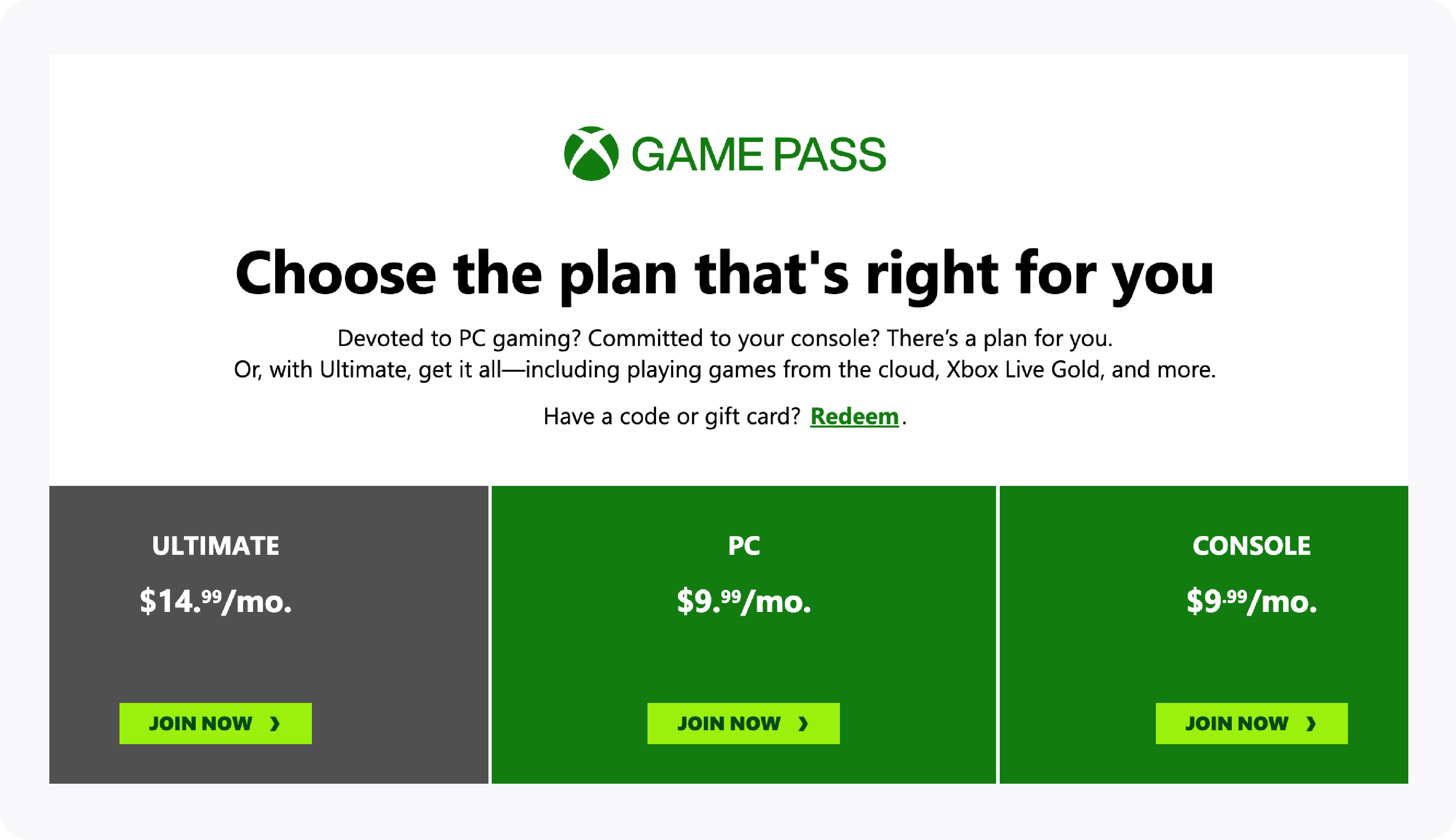
Firstly, subscription costs are generally much lower than the cost of buying individual games. This means that users can access a wider variety of games without breaking the bank. Additionally, subscriptions often include benefits such as early access to new releases or exclusive in-game content, further incentivizing users to sign up.
However, the subscription model also has its downsides for consumers. Since the cost is fixed per amount of time, it can be more expensive for users who only play occasionally. Additionally, subscriptions capture the demand of users who want to play for weeks and months, and the profits go to the business rather than the consumer who would have played for thousands of hours with the packaged goods model.
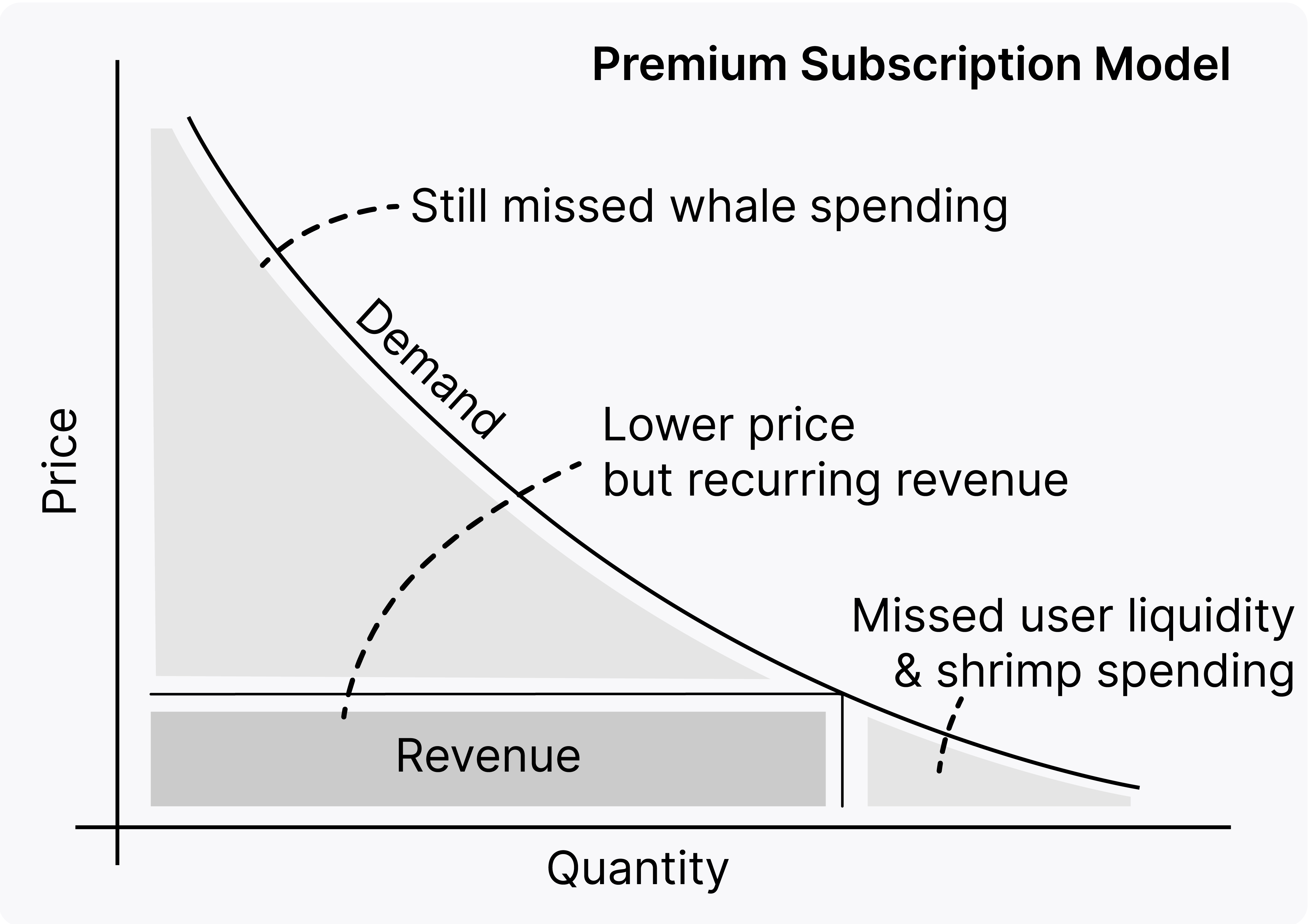
One example of a successful premium subscription model in the gaming industry is Xbox Game Pass. For a monthly fee, subscribers can access a vast library of Xbox games, including new releases. The subscription also includes discounts on game purchases and access to exclusive content. This model has proven to be a hit with consumers, with over 25 million subscribers as of January 2022.
The Economics of Free-to-Play
Free-to-play (f2p) games have revolutionized the gaming industry. It all started with Nexon’s Kart Rider, and today it has become the most dominant monetization model in mobile gaming. The appeal of f2p lies in its ability to remove the friction to play a game. Players can download and start playing games almost immediately, without having to pay a cent.
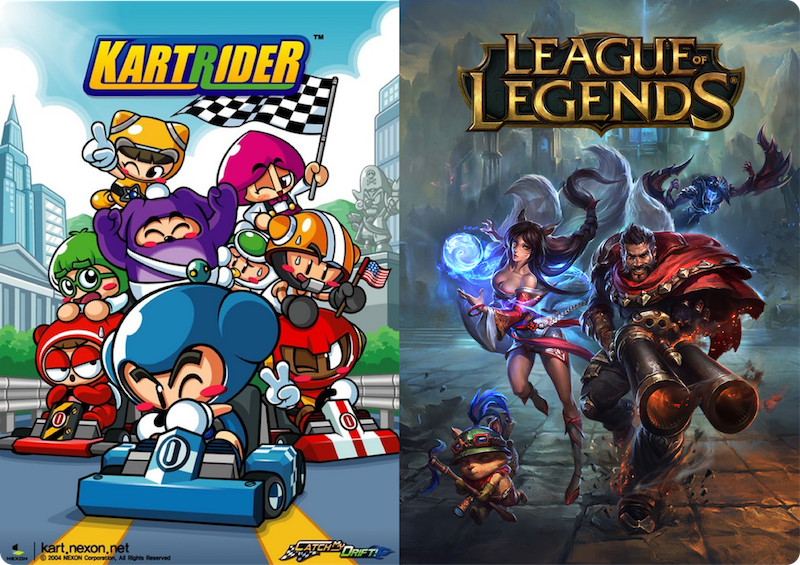
However, the question that arises is, how do game developers monetize their games when they don’t charge their players for playing? The answer is through ads or in-app purchases. But players usually don’t like ads, and paying for in-app items can be a pain. So, game developers try to monetize at important points in the game loop, such as upgrades.
League of Legends focused on monetizing through cosmetics, which players could purchase to make their characters look better. Meanwhile, other games, like those developed by Gabriel Leydon at MZ, focused on the social aspects of the game. They used the massive numbers of people who can play the game to create in-app purchases that create social comparisons between the masses of players and the whales who want to pay more to get an advantage or feel like a king.
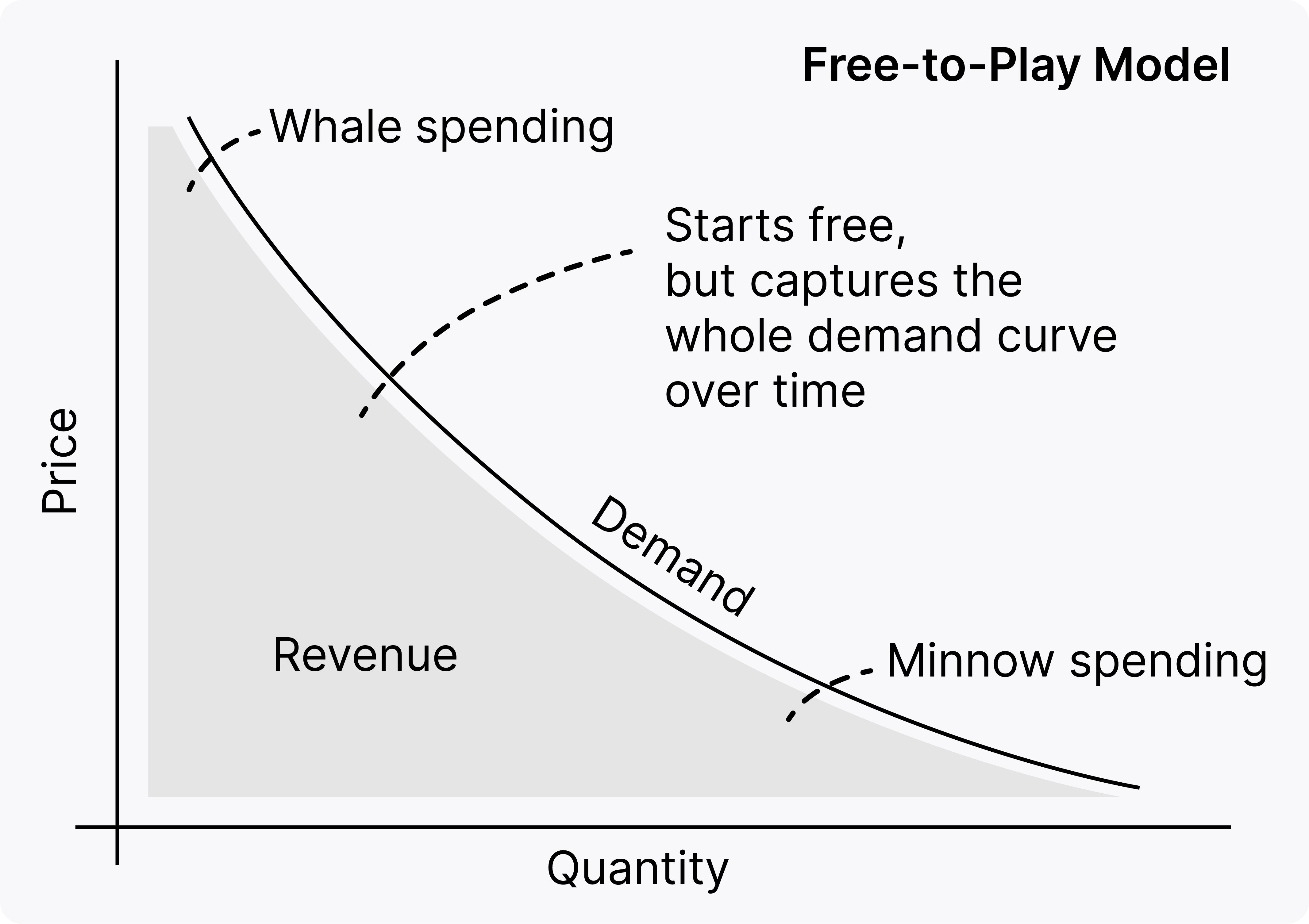
Overall, f2p has been successful because it captures more of the demand curve. Players who wouldn’t have been able to afford to pay $60 for a game can now play for free, and those who want to pay for in-game items or cosmetics can do so. And for game developers, f2p can be more lucrative than the packaged goods model because it captures the demand of people who want to play for weeks and months.
The Power of NFTs
NFTs represent a seismic shift in gaming economics by providing real ownership rights to gamers. By creating a technical sense of ownership, gamers can now buy, sell, lend, use in-game, or even use as collateral, and in doing so, they take more ownership over the game itself. As a result, the games become more meaningful to the players, as the game items now have real-world value.
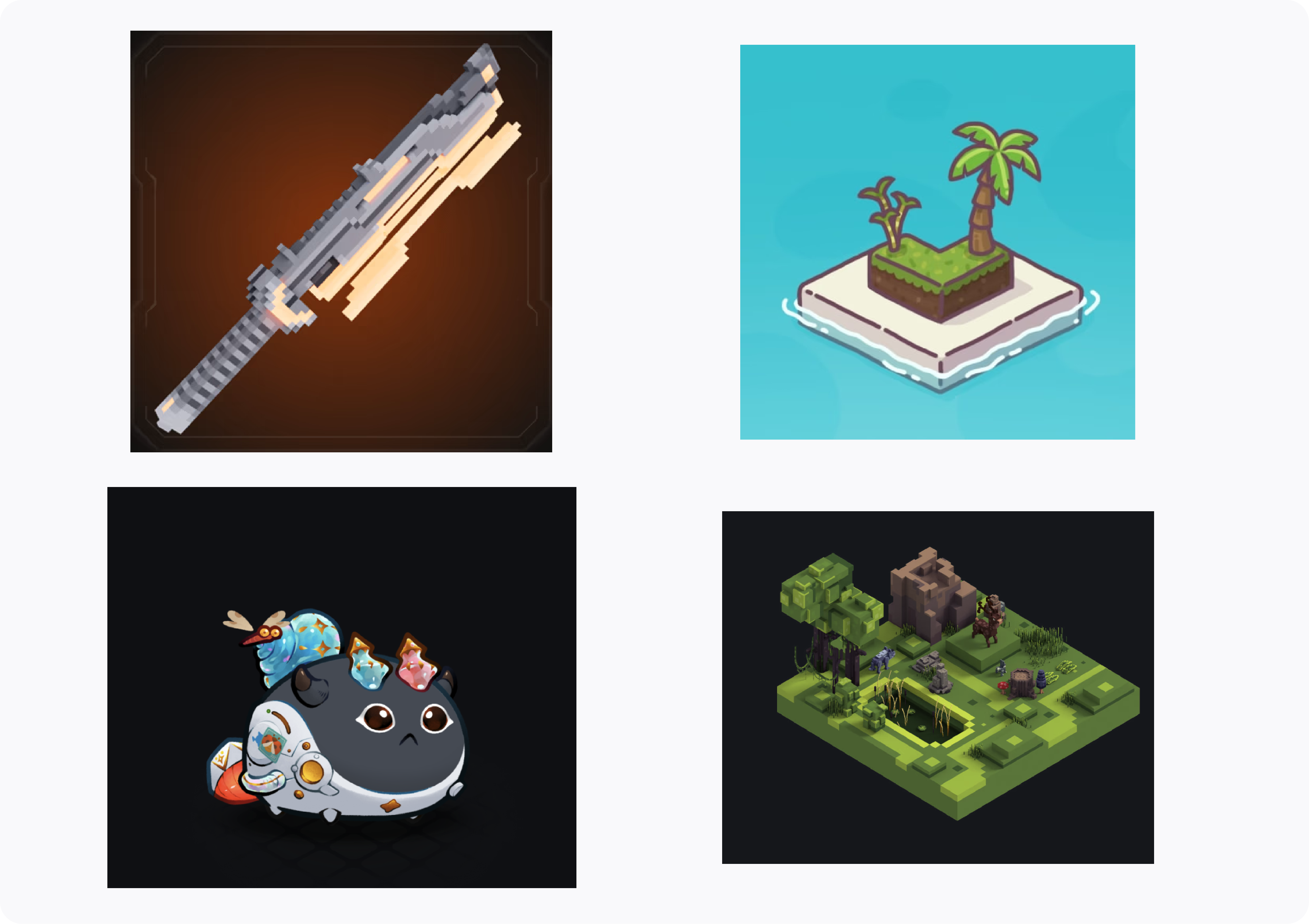
But NFTs also have a more strategic role to play in gaming: they can act as a pre-registration system for games. This is an important way for developers to build hype and create a community around their game. By distributing NFTs as part of the pre-registration process, developers can create a sense of exclusivity and scarcity that encourages players to become more invested in the game, even before it is released. This can be especially important for smaller studios looking to create a buzz around their game before it is launched.
NFTs have the potential to create a more engaged and invested community of gamers by giving them more control over their in-game assets. As gaming continues to evolve, NFTs may play an increasingly important role in how developers monetize and engage with their players.
The Economics of Free-to-Own
The free-to-play model has transformed the gaming industry, allowing developers to generate revenue through in-game purchases and reach a wider audience. However, some players have criticized the model for providing little value beyond cosmetics and failing to offer a sense of ownership.
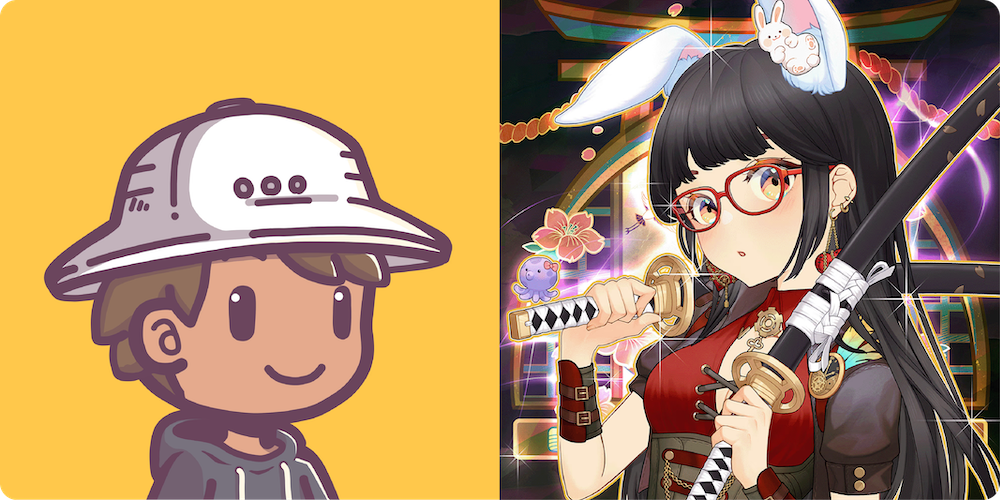
Enter the free-to-own model with NFTs, which takes the free-to-play model to a new level by offering players a greater sense of ownership and stake in the game. With NFTs, players can collect and resell their in-game assets with added security and uniqueness provided by blockchain technology. This model creates virtual economies where players have ownership of their game assets, leading to increased engagement and potential for various monetization methods.
The economic consequence of the free-to-own model is that it supercharges the economics of free-to-play by bringing ownership to digital items, as they become not only a source of entertainment but also a potential investment. This leads to higher prices for rare or unique items and can result in massive spending from the most dedicated players. The stability and growth of the game ecosystem become crucial to maintaining this demand and continuing the monetization of these assets, potentially leading to long-term benefits for both players and developers.
If NFTs were monetized using the traditional packaged goods model (with a high mint price) or the premium subscription model (with a low but recurring price), it would be a significant missed opportunity for game developers. The traditional models do not capture the entire demand curve as free-to-play does, where players who can’t afford to pay for a game can still participate and those who want to pay for in-game items or cosmetics can do so. By using NFTs as an extension of the free-to-play model, game developers can create immersive virtual worlds with unique monetization opportunities and engage players in special events, leading to increased engagement, retention, and a sense of community.
Ways to Monetize in Free-to-Own
Once players start playing a game with free NFTs, the free-to-own model offers a unique opportunity for game developers to create immersive virtual worlds where players can own their in-game assets.
Digital ownership in Web3 enhances existing monetization methods in existing models and also opens up new ways to engage and monetize. Here are some examples:
-
NFTs as a marketing tool to incentivize players to keep playing and attract new players through free distribution
-
NFTs as rewards for existing players to increase player retention and foster a sense of community
-
Introducing new features or mechanics to the game through NFTs to incentivize players to try out the new content
-
Rarity of certain NFTs capturing the long end of the demand curve, as whales are willing to pay much more for scarce or hard-to-obtain assets
-
Upgradeable NFTs incentivizing players to engage with the game and continue upgrading their NFTs to gain an advantage over other players
-
NFTs with utility unlocking new levels or areas within the game or gaining access to exclusive content or events, creating a sense of exclusivity and scarcity
-
Marketplace or service fees generated when players trade their items, in-game advertising and partnerships with brands, and merchandise sales providing additional sources of revenue
-
Tying NFTs to in-game features or events as an effective way to engage players and drive investment in these assets, including unlocking special live-ops events or physical events
Free-to-own is an extension of free-to-play that supercharges the free-to-play economics by increasing the stakes for players through rewards, new features, rarity, and utility of NFTs.
Conclusion
Overall, the free-to-own model creates a unique opportunity for developers to create immersive, engaging virtual worlds and for players to own their in-game assets. With various monetization methods and NFTs tied to exclusive features or events, the free-to-own model has the potential to revolutionize the gaming industry and create new opportunities for both developers and players.
Thanks for reading. If you have comments or suggestions, you can email me at blog@harangju.com or find me on Twitter @harangju.
If you enjoyed today’s newsletter, please share it with your friends!
You can subscribe down below.
Disclaimer: I own free-to-own NFTs, such as DigiDaigaku and Castaways.